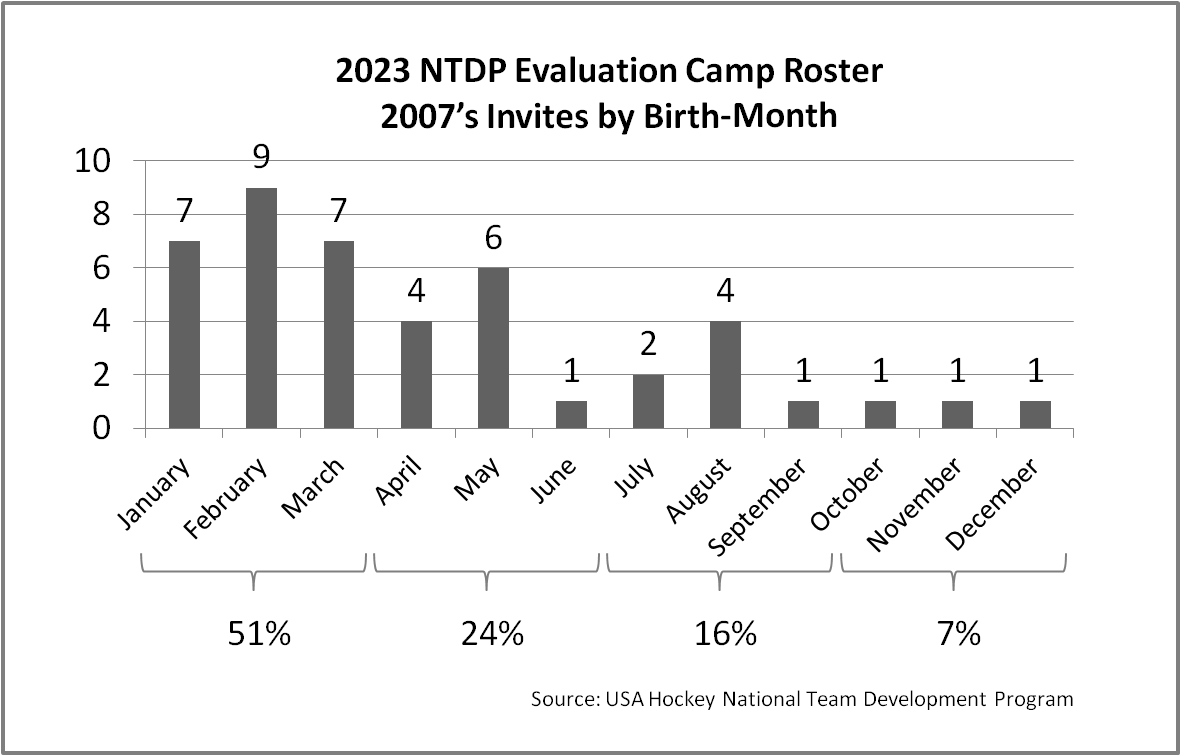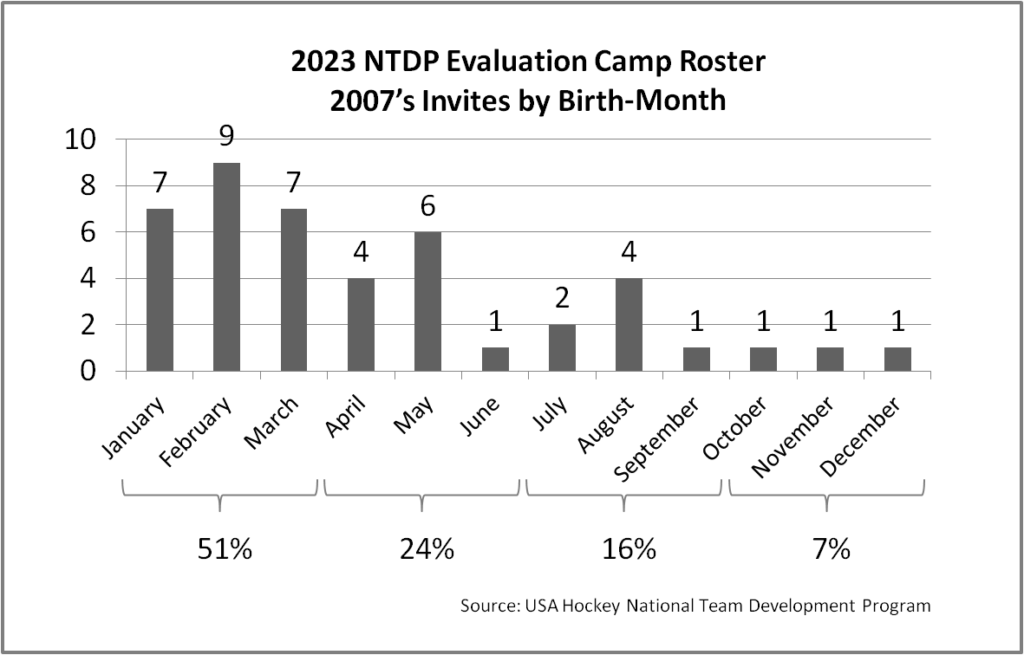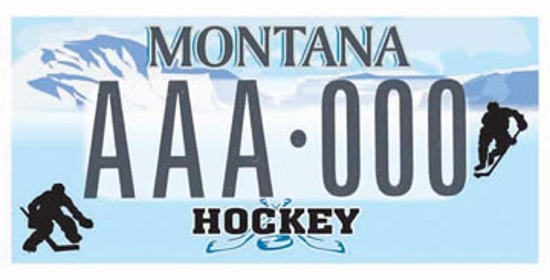
Do you want a chance at playing at the USA Hockey National Championships?
Did your team play AAA last year?
If yes, what was your final ranking on MyHockeyRankings?
If your team wasn’t in the Top 50 teams for your age group, then this post is for you.
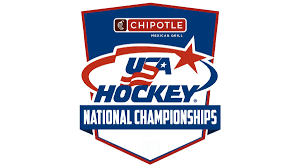
Last week, USA Hockey announced all the team that either qualified or were invited to Tier I and Tier II National Playoffs taking place at the end of the month. Many low ranked AAA teams never had a chance of going to Nationals.
This post discusses why your AAA team might be better off being designated as Tier II (AA) instead of Tier I. And while this post primarily focuses on youth (boys) hockey in the U.S., some of the same principles can be applied to girls hockey.
Here’s why…
1. Teams ranked below the Top 50 rarely qualify for USA Hockey Nationals
lowest ranked team qualifying for 2023 USA Hockey Youth Nationals Playoffs
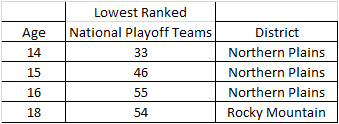
If you aren’t at least a Top 50 team in your age group, there is almost no chance you will win your Tier 1 District playoffs – the exception being a team from Northern Plains (Team North Dakota for 16s) and the Rocky Mountain District (for 18s).
2. Lower ranked AAA teams are rated about the same as top AA teams
Here is how the bottom half of Tier 1 team ratings compare to the top teams in both Tier 1 and Tier 2
2023 USA HOCKEY tier i vs Tier 2 ratings comparison

As you can see, after the ~50th ranked team, the AAA teams are pretty competitive with top AA teams in each age group. There is less than a goal differential between these teams – so games between 50th ranked Tier 1 teams would be close with the Top Tier 2 teams.
3. It should be easier to qualify for USA Hockey Nationals
There are 48 spots for each Tier II age group. By classifying at the Tier II level, they would have a much better chance of qualifying for Nationals and playing competitive games in that tournament.
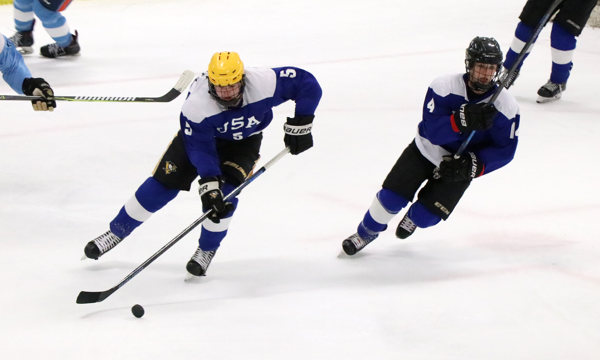
4. You can still play in AAA tournaments and showcases.
At the same time, they can continue to play in the same leagues and events during the regular season.
There are already tournaments specifically set-up for the bottom half of AAA teams. Some tourneys are explicit about this by segmenting their division names (AAA and AAA elite – or Ribcor + Supertacks + Jetspeed). Others make sure that similarly ranked lower rated teams attend the same event.
For some regular season Tier 1 leagues, they already do this implicitly. In one league, the weakest teams don’t even get to play in the leagues end-of-season playoffs, instead they are relegated to their own ‘Consolation’ division. This past season, there was a club which had all 4 of their Tier 1 teams in the consolation division due to poor regular season performance at each age group. Once again, these leagues are set-up to treat the lower ranked teams at the level they actually play – a tweener between AAA and AA.
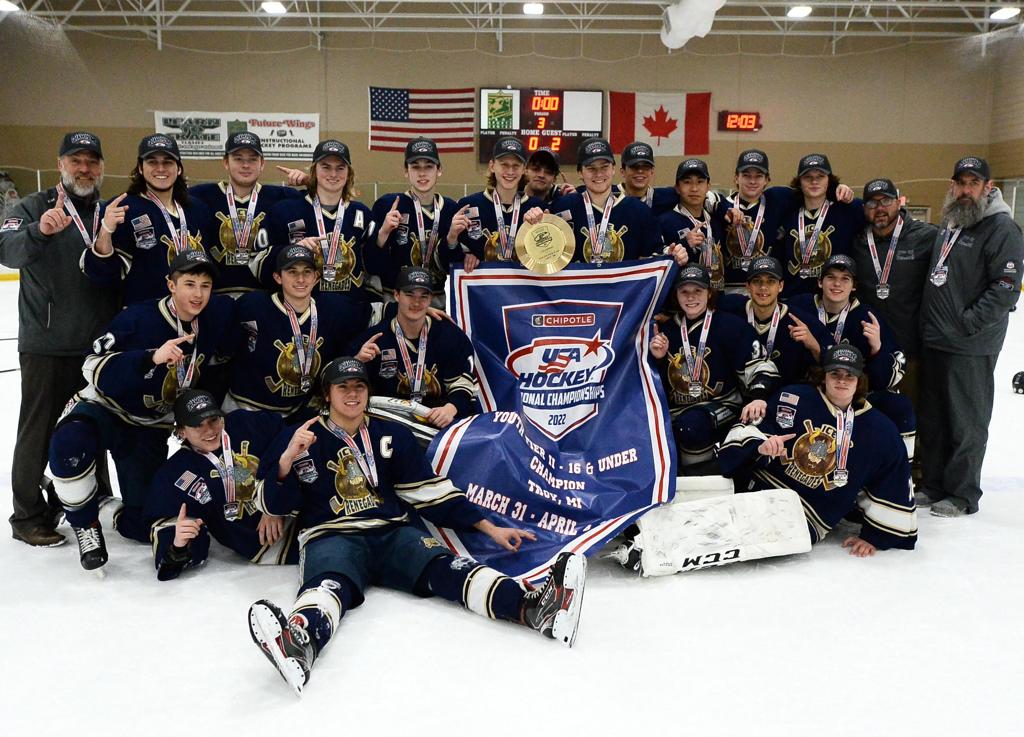
Be Realistic
From a game and tournament perspective, weaker “AAA” teams are playing each other anyway, but not really playing for anything. It is unlikely any of them will with their districts and to be one of the 12 automatic qualifiers to Tier 1 USA Hockey Nationals, and they certainly won’t get an at-large invitation for the remaining 4 spots.
However, there are 48 spots for each Tier II age group. By classifying at the Tier 2 level, they would have a much better chance of qualifying for Nationals and playing competitive games in that tournament. At the same time, they can continue to play in the same leagues and events during the regular season.
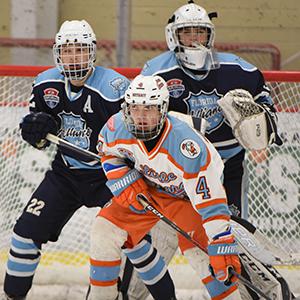
At the end of the day, these weak “AAA” teams will still be who they are – but now they would have a chance to play against their peers for a National Championship. Considering that youth hockey is all about development, competing in a real playoff environment is a great development opportunity and playing competitive games. Certainly better than what is happening today, where most of these teams are enjoying limited success – and when they do, it usually versus their true peer group.
Youth hockey is all about development. You really shouldn’t care how many letters your team has as long as players and teams are getting better every year. It’s not about being able to tell your friends that you (or your kid) plays AAA.
So, are you willing to trade playing triple-A for double-A in exchange for a legitimate chance to play for a National Championship?
Data Source: MyHockeyRankings.com

